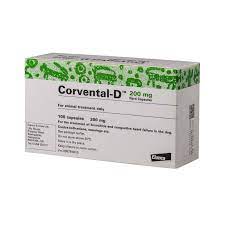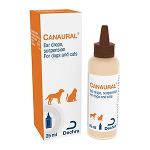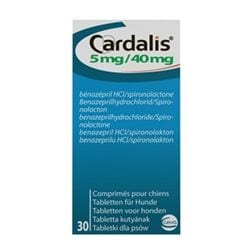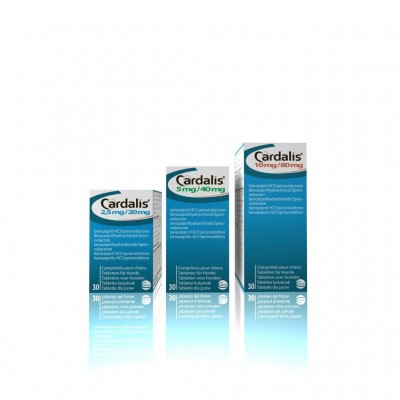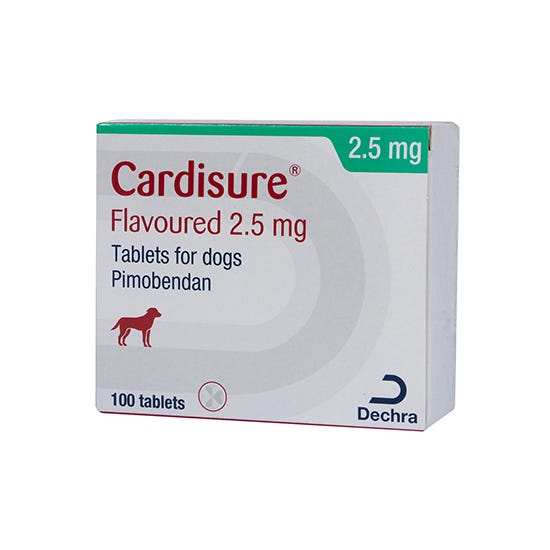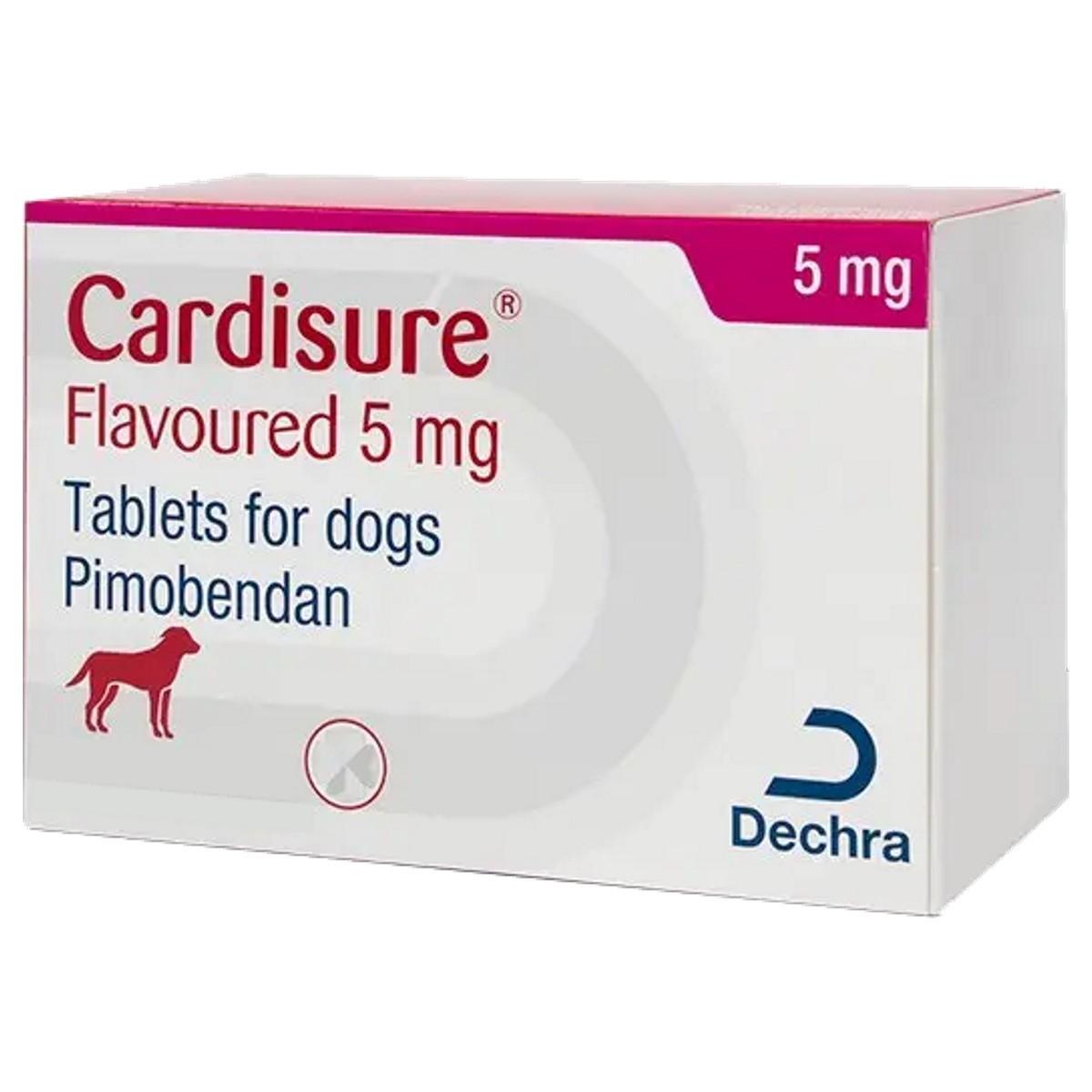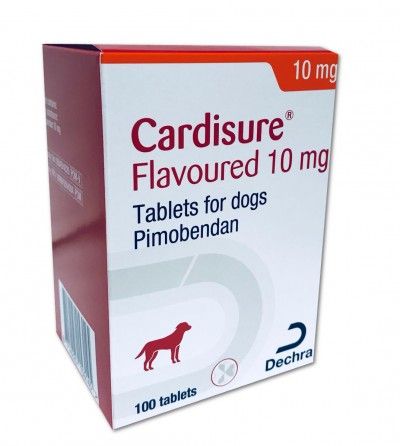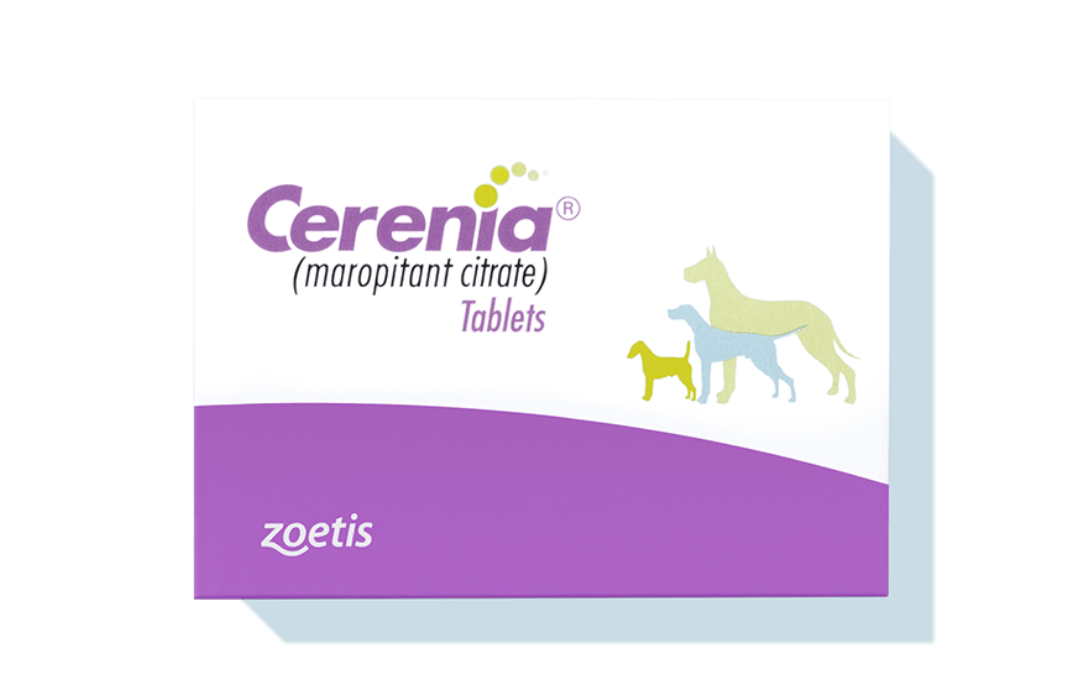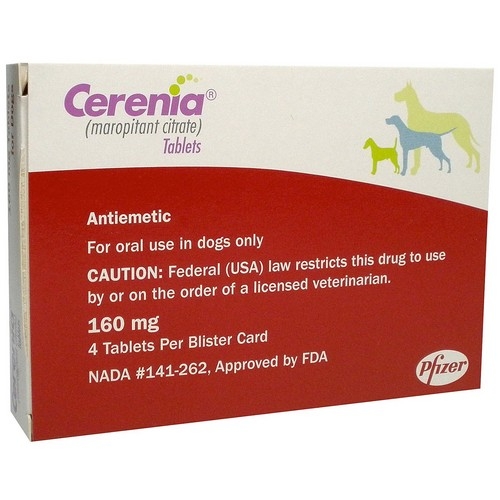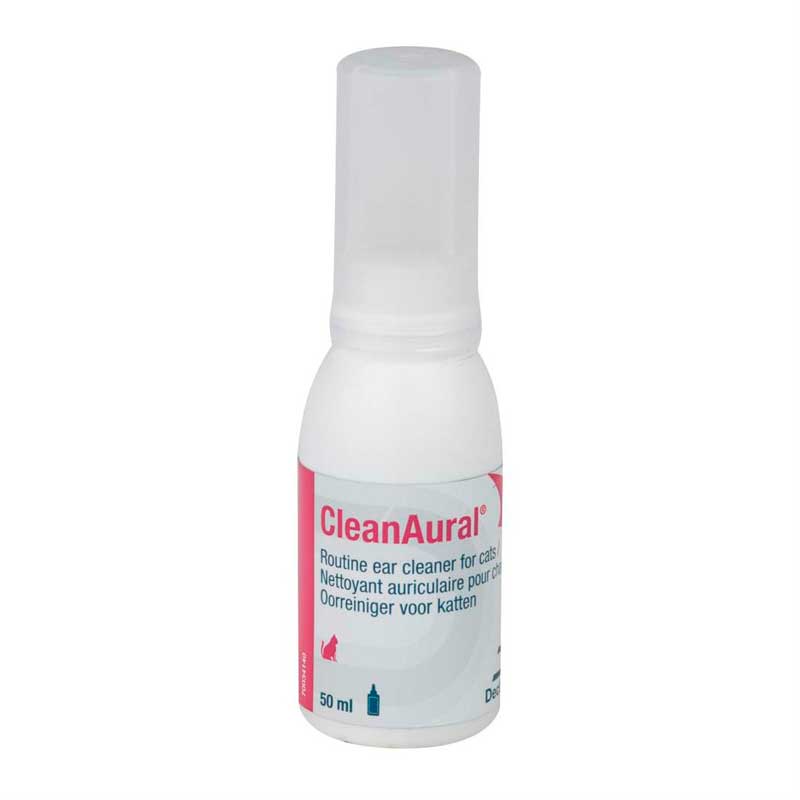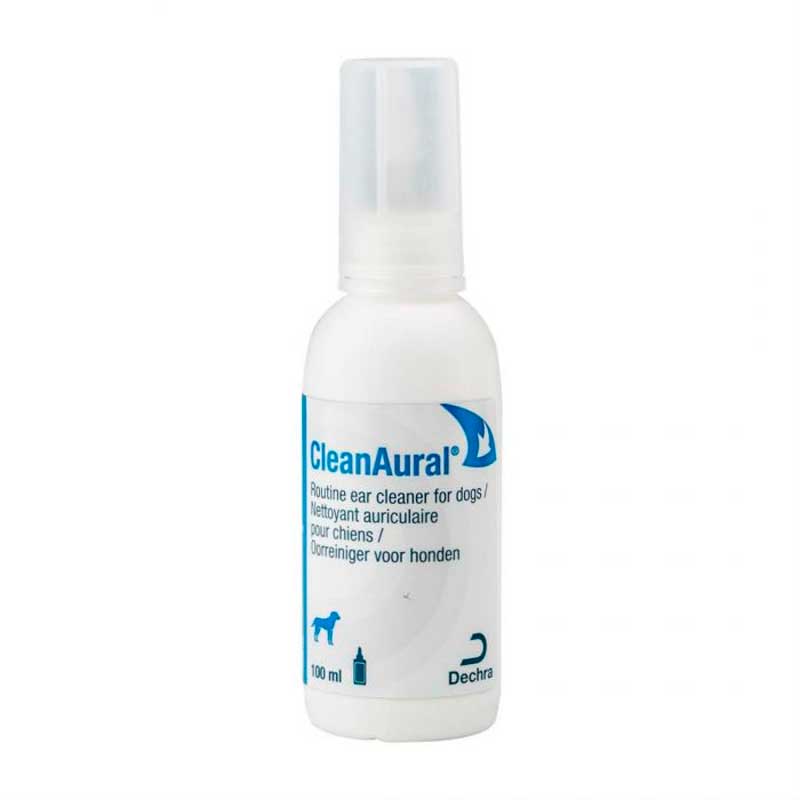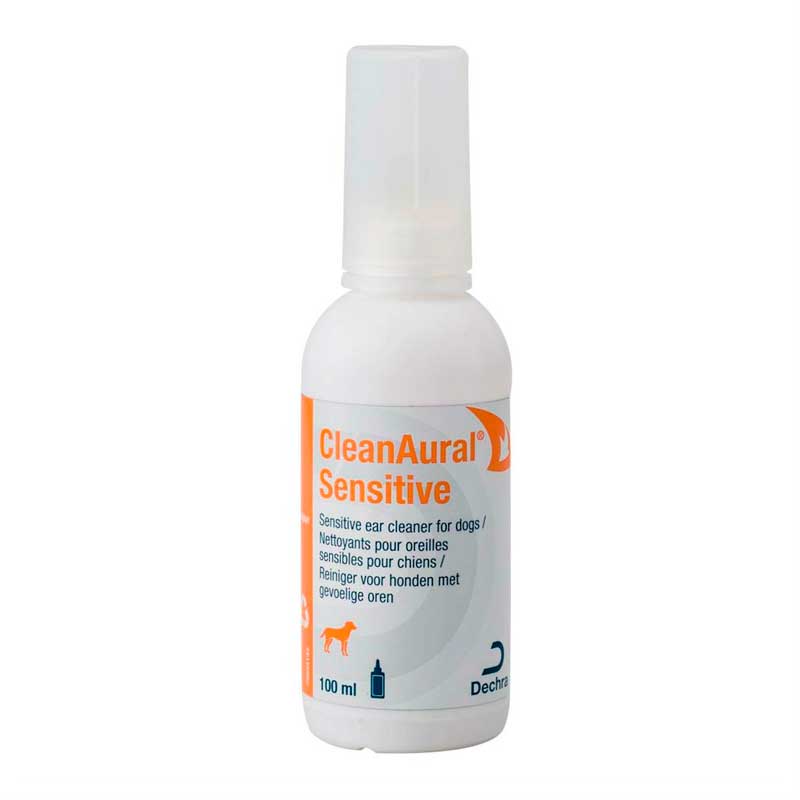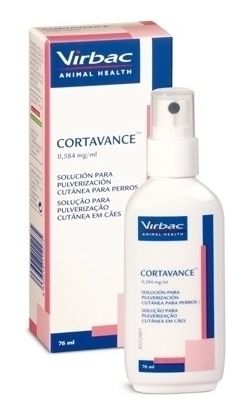Corvental D Capsules Species: Dogs Therapeutic indication: Pharmaceuticals: Cardiovascular and respiratory preparations Active ingredient: Theophylline Product:Corvental-D® Capsules Product index: Corvental-D Capsules Qualitative and quantitative composition Composition (per capsule) Active ingredient: Theophylline 100 mg 200mg 500mg Excipients: Indigotine (E132), as colorant 0.048 mg Titanium dioxide (E171), as colorant 1.152 mg Ferric oxide (E172) 0.25 mg For a full list of excipients, see Pharmaceutical particulars section. Pharmaceutical form 100mg Capsule, hard. Opaque blue/opaque white coloured capsules, size 3. Each capsule half is printed in black with “Th100”. 200mg Capsule, hard. Opaque green/transparent green coloured capsules, size 2. Each capsule half is printed in white with “Th200”. 500mg Capsule, hard. Opaque green/transparent green coloured capsules, size 0/elongated. Each capsule half is printed in white with “Th500 Clinical particulars Target species Dogs. Indications for use, specifying the target species For the treatment of bronchitis and congestive heart failure in dogs. Contraindications Concurrent use of beta-sympathomimetics is contra-indicated, as additive or synergistic interactions, resulting in exaggerated side effects may result. Do not use in dogs with a known history of epileptiform seizures as convulsions have been reported in patients on theophylline treatment, often with no preceding signs of toxicity and in otherwise apparently normal animals. Special warnings for each target species None known. Special precautions for use Special precautions for use in animals Theophylline should be used with caution in patients with liver disease. If vomiting occurs, the dose should be reduced or the treatment discontinued. Special precautions to be taken by the person administering the veterinary medicinal product to animals In the case of accidental ingestion, seek medical advice immediately and show the package leaflet or the label to the physician. Adverse reactions (frequency and seriousness) The following side effects have been reported: restlessness, agitation, excitement, vomiting, diarrhoea, polydipsia, sedation, reduced appetite and polyuria. If signs of CNS excitement occur, (twitching, restlessness or convulsions) discontinue treatment immediately. Use during pregnancy, lactation or lay When theophylline is prescribed to pregnant bitches, the risk-benefit of the treatment should be assessed. Only small amounts of theophylline are excreted in milk. Interaction with other medicinal products and other forms of interaction Plasma theophylline levels may increase in patients under treatment with macrolide and fluoroquinolone antibiotics, such as erythromycin and enrofloxacin, and decrease in patients receiving phenobarbitone or phenytoin. Theophylline may reduce the convulsive threshold in patients receiving ketamine. Administration of theophylline shortly before halothane anaesthesia may result in arrhythmogenic effects. Amounts to be administered and administration route 20 mg per kg bodyweight to be given orally once daily only. Care should be taken to ensure that dogs are weighed carefully and accurately, and the dose does not exceed 20 mg/kg body weight. Overdose (symptoms, emergency procedures, antidotes), if necessary There is no specific treatment for theophylline overdose in the dog. The condition should be treated symptomatically with emetics, oral activated charcoal or anti-convulsive drugs as necessary. Withdrawal period(s) Not applicable. Pharmacological particulars Pharmacotherapeutic group: Systemic drugs for obstructive airway diseases, xanthines. ATCvet code: QR03DA04 Pharmacodynamic properties Theophylline is a dimethylated xanthine which was introduced into medicine in 1900. It is similar in structure to the common dietary xanthines, caffeine and theobromine, and has many pharmacological actions. It relaxes smooth muscle, relieves bronchospasm and has a stimulant effect on respiration. Theophylline dilates coronary arteries and increases the strength of contraction of the myocardium. It also acts on the kidney to induce diuresis and is a potent stimulant of the central nervous system. Pharmacokinetic particulars Absorption: The methylxanthines are readily absorbed following oral administration. Studies in man have shown that the administration of theophylline with food may slow but not reduce absorption of the drug, and help avoid local irritation of the gastro-intestinal tract. In the absence of food, theophylline solutions or uncoated tablets produce maximal plasma concentration within two hours. The rate and extent of absorption of theophylline differs between various slow release formulations and absorption of the drug appears to be slower at night. However, slow release formulations, if completed absorbed, allow longer dosing intervals with less fluctuation in serum concentration. Distribution: Theophylline is distributed into all body compartments and human studies have shown that it crosses the placenta and diffuses into breast milk. The drug also crosses the blood brain barrier and enters the central nervous system. The apparent volume of distribution of theophylline in man ranges from 300 to 700 ml/kg and in dogs, 500 to 800 ml/kg. In humans, it is about 50% bound to plasma proteins, but in dogs is lower at about 9%. Metabolism and Excretion: Little information is available concerning the metabolism and excretion of theophylline in dogs. In man, theophylline is eliminated from the body by hepatic biotransformation into relatively inactive metabolites which are excreted in the urine. Theophylline is metabolised by demethylation and oxidation, mainly to 1,3-dimethyluric acid. D-methyluric acid and 3-methylxanthine are also formed in smaller amounts, and about 10% of the drug is excreted unchanged in the urine. The half life of theophylline in adults is 8 to 9 hours, and in children it is 3.5 hours. Pharmaceutical particulars List of excipients Povidone K-25 Silica Colloidal Anhydrous Triethyl citrate Poly (Ethylacrylate, Methylmethacrylate, trimethylammonio Ethylmethacrylate Chloride) 1:2:0.1 150,000 (Eudragit RS 100) Poly (Ethylacrylate, Methylmethacrylate, trimethylammonio Ethylmethacrylate Chloride) 1:2:0.2 150,000 (Eudragit RL 100) Talc purified Capsule cap Titanium dioxide (E171) Indigotine (E132) Gelatin Water, purified Capsule body Titanium dioxide (E171) Gelatin Water, purified Printing Ink Ferric oxide (E172) Shellac Soya lecithin (E322) Incompatibilities None known. Shelf life Shelf life of the veterinary medicinal product as packaged for sale: 5 years. Special precautions for storage Do not store above 30°C. Store in a dry place. Nature and composition of immediate packaging Cartons containing 3 or 5 PVC blister strips with aluminium foil seal. Each blister strip contains 20 capsules. Not all pack sizes may be marketed. Special precautions for the disposal of unused veterinary medicinal product or waste materials derived from the use of such products Any unused veterinary medicinal product or waste materials derived from such veterinary medicinal products should be disposed of in accordance with local requirements

